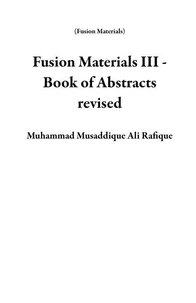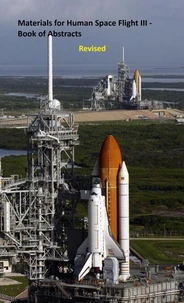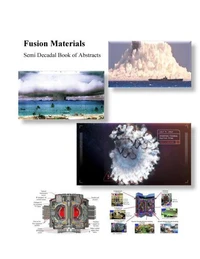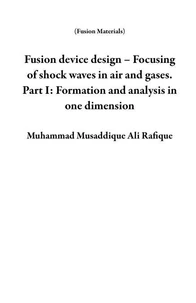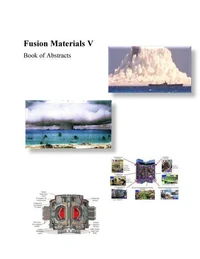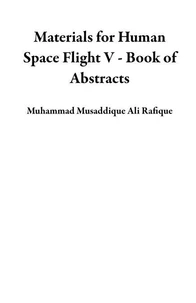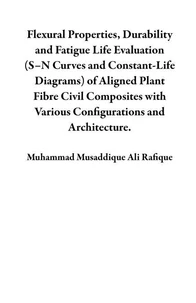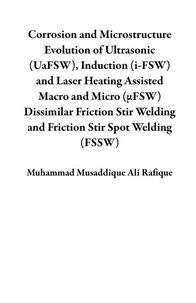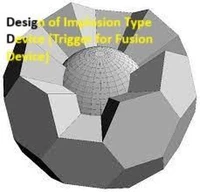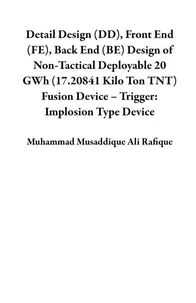Extra-terrestrial Mapping Using Artificial Intelligence – a NASA Mars Rover Study
Par :Formats :
Disponible dans votre compte client Decitre ou Furet du Nord dès validation de votre commande. Le format ePub est :
- Compatible avec une lecture sur My Vivlio (smartphone, tablette, ordinateur)
- Compatible avec une lecture sur liseuses Vivlio
- Pour les liseuses autres que Vivlio, vous devez utiliser le logiciel Adobe Digital Edition. Non compatible avec la lecture sur les liseuses Kindle, Remarkable et Sony
 , qui est-ce ?
, qui est-ce ?Notre partenaire de plateforme de lecture numérique où vous retrouverez l'ensemble de vos ebooks gratuitement
Pour en savoir plus sur nos ebooks, consultez notre aide en ligne ici
- FormatePub
- ISBN8215296134
- EAN9798215296134
- Date de parution21/02/2023
- Protection num.pas de protection
- Infos supplémentairesepub
- ÉditeurWMG Publishing
Résumé
This study is from Moon and Mars program by National Aeronautics and Space Administration. It is about design of rover for extra terrestrial chemistry mapping. This is designed to be achieved by various means such as advanced spectroscopy and artificial intelligent techniques such as deep learning and transfer learning to enable the rover to not only map the surface of planet but to get a detailed information about its chemical makeup in layers beneath (deep learning) and in areas around point of observation (transfer learning).
In this work, which is part of a proposal (submitted to NASA), later approach is explored. A systematic strategy is presented which make use of aforementioned techniques developed for metallic glass matrix composites as benchmark and helps develop algorithms for chemistry mapping of actual Martian surface on Perseverance Rover launching shortly. This is republished as Lecture notes of ongoing Masters program at Massachusetts Institute of Technology.
In this work, which is part of a proposal (submitted to NASA), later approach is explored. A systematic strategy is presented which make use of aforementioned techniques developed for metallic glass matrix composites as benchmark and helps develop algorithms for chemistry mapping of actual Martian surface on Perseverance Rover launching shortly. This is republished as Lecture notes of ongoing Masters program at Massachusetts Institute of Technology.
This study is from Moon and Mars program by National Aeronautics and Space Administration. It is about design of rover for extra terrestrial chemistry mapping. This is designed to be achieved by various means such as advanced spectroscopy and artificial intelligent techniques such as deep learning and transfer learning to enable the rover to not only map the surface of planet but to get a detailed information about its chemical makeup in layers beneath (deep learning) and in areas around point of observation (transfer learning).
In this work, which is part of a proposal (submitted to NASA), later approach is explored. A systematic strategy is presented which make use of aforementioned techniques developed for metallic glass matrix composites as benchmark and helps develop algorithms for chemistry mapping of actual Martian surface on Perseverance Rover launching shortly. This is republished as Lecture notes of ongoing Masters program at Massachusetts Institute of Technology.
In this work, which is part of a proposal (submitted to NASA), later approach is explored. A systematic strategy is presented which make use of aforementioned techniques developed for metallic glass matrix composites as benchmark and helps develop algorithms for chemistry mapping of actual Martian surface on Perseverance Rover launching shortly. This is republished as Lecture notes of ongoing Masters program at Massachusetts Institute of Technology.




